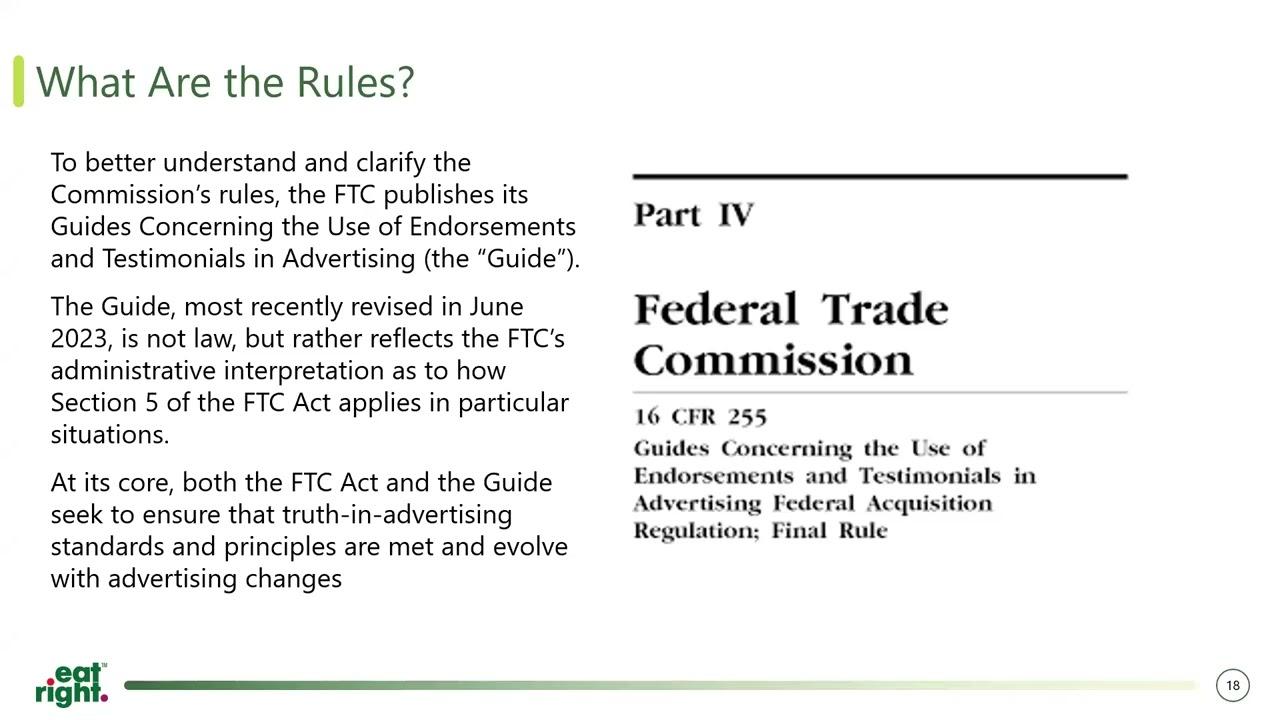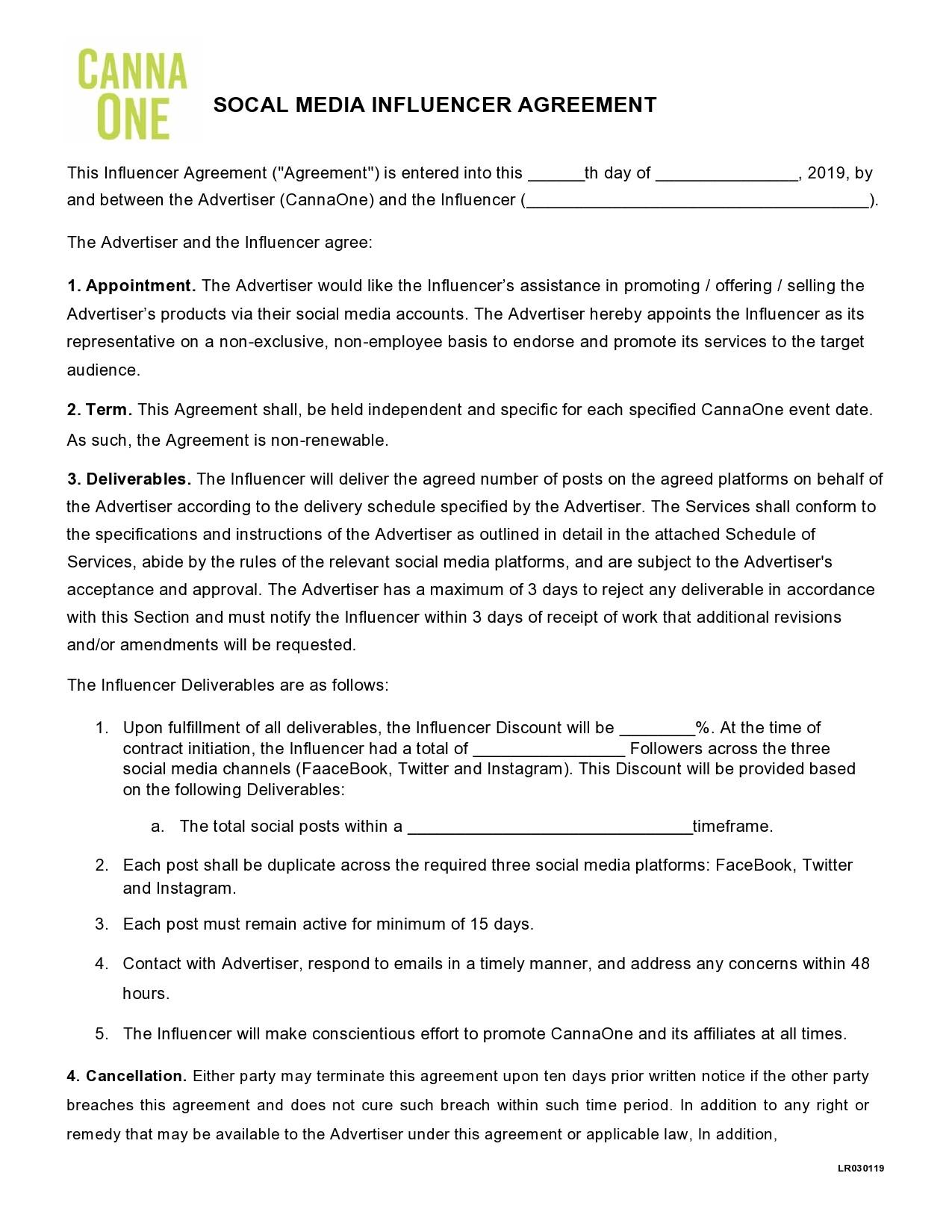
In an era where the line between entertainment and commerce has blurred, YouTube influencers have emerged as a powerful force in the marketing landscape.With millions of followers hanging onto their every word and whimsical demonstration, these online personalities wield significant influence over consumer behavior. Though, as brands increasingly partner with YouTube creators to reach targeted audiences, a crucial question looms: what are the legal implications of this evolving marketing trend? In “Unpacking the Legalities of YouTube influencer Marketing,” we delve into the intricacies of influencer partnerships, dissecting the regulatory frameworks that govern this dynamic field.From disclosure requirements to intellectual property concerns,we aim to shed light on the legal considerations that both influencers and brands must navigate to foster authentic,compliant,and triumphant collaborations. Join us as we explore this captivating intersection of creativity and responsibility, guiding you through the essential legal landscape that shapes the world of YouTube marketing.
Navigating Disclosure Requirements for Sponsored content
Understanding the nuances of disclosure requirements is essential for any influencer engaging in sponsored content on platforms like YouTube. The Federal Trade Commission (FTC) has laid out clear guidelines to ensure transparency, which not only protect consumers but also maintain the integrity of the influencer ecosystem. To comply, influencers must visibly disclose any partnerships or sponsorships. This can be achieved through a variety of methods, including:
- Using clear language such as “#ad” or “Sponsored by [Brand]” in the video title or description.
- Verbal disclosures at the beginning of the video or when the product is introduced.
- incorporating on-screen text that indicates the presence of paid sponsorship.
Moreover, keeping track of what constitutes effective and responsible disclosure can be daunting. Creators should focus on clarity over cleverness; the message must be readily understood by the average viewer. Below is a simple table to clarify key differences in disclosure methods:
| Disclosure Method | effectiveness |
|---|---|
| Text in Description | Moderate |
| Verbal Disclosure | High |
| On-Screen Text | High |
By strategically implementing these practices, influencers not only comply with legal standards but also cultivate trust with their audience. Prioritizing transparency will pave the way for genuine connections and positive engagement, essential for long-term success in the evolving landscape of influencer marketing.

Understanding Copyright Issues in Influencer Collaborations
In the realm of influencer collaborations, navigating copyright law is essential for both parties involved. Influencers often create content that features copyrighted material, such as music, images, or video clips, which can lead to legal disputes if not properly addressed. It’s crucial to ensure that any content shared complies with copyright regulations. Here are some meaningful considerations:
- Licensing Agreements: Always verify if the content used is licensed for public use, or if a specific agreement is needed.
- Attribution: Correctly crediting the original creators can help mitigate copyright claims, but it does not replace the need for permission.
- Fair Use Doctrine: Understanding the scope of fair use is vital; however, it is often misunderstood and should be approached with caution.
An effective way to keep track of copyrights and permissions is by using clear documentation. This can include contracts and explicit permission forms that outline who owns the rights to specific content produced during collaborations. Below is a simple table that outlines essential ownership rights:
| Content Type | Owner | Required Action |
|---|---|---|
| Original Video | Influencer | No action needed |
| background Music | Third Party | Seek licensing |
| Stock Images | Stock Provider | Purchase license |
| Brand Logos | Brand Owner | Obtain permission |

Analyzing the FTCs Guidelines on influencer Marketing
The Federal Trade Commission (FTC) has taken significant steps to clarify the responsibilities of influencers and marketers in the realm of online advertising. Understanding these guidelines is crucial for both brands and creators aiming to navigate the often murky waters of influencer marketing on platforms like YouTube. The FTC emphasizes transparency with audiences, mandating that influencers disclose any material connections to brands clearly and conspicuously in their content. This means that terms such as “#ad” or “sponsored” should be integrated into the video titles,descriptions,or as an overlay in the video itself,ensuring viewers are aware of the promotional nature of the content.
In addition to transparency, the FTC also delineates the standards for truthfulness and accuracy in advertising. Influencers must provide honest reviews, accurately reflecting their experiences with products or services. Failure to comply with these guidelines can lead to significant legal repercussions for both the influencer and the brands involved.Key takeaway points include:
- Disclosure is mandatory: Always inform viewers of any sponsorships.
- Be truthful: Misleading claims can lead to regulatory action.
- Know your audience: Tailor disclosures to be easily understandable for your viewers.

Crafting Contracts That Protect Influencers and Brands
In the dynamic world of influencer marketing, where the fine line between authenticity and commercialism frequently enough blurs, it’s imperative for both influencers and brands to safeguard their interests through well-structured agreements. Contracts should include clear stipulations regarding the deliverables, such as frequency of posts, content guidelines, and usage rights, ensuring that all parties are on the same page. Confidentiality clauses can definitely help protect sensitive information,while dispute resolution processes establish a pathway for addressing issues without resorting to litigation.
Moreover, incorporating payment terms is essential to avoid misunderstandings. Contracts should specify how and when payments will be made, whether through upfront fees, commission-based models, or post-campaign payments. Outlining rights to content usage is equally crucial, as brands often wish to utilize influencer-created material across various platforms. A table summarizing key contract elements can provide a quick reference for both parties:
| Contract Element | Description |
|---|---|
| Deliverables | details on the content to be produced. |
| Payment terms | Conditions for payment methods and timings. |
| Usage Rights | Clarification on how content can be used. |
| Confidentiality | Protection of sensitive information shared. |
| Dispute Resolution | Strategies for resolving conflicts amicably. |
Closing Remarks
As we navigate the intricate landscape of YouTube influencer marketing, it becomes evident that the legalities governing this dynamic arena are as multifaceted as the content creators themselves. From thoughtful disclosure practices to adherence to copyright laws, influencers and brands alike must remain vigilant in understanding their responsibilities.
In a world where creativity meets compliance, the opportunities for authentic engagement with audiences are boundless. Though, embracing the joys of marketing through influence also calls for a commitment to transparency and accountability. By unpacking these legal intricacies, we equip ourselves not just to thrive, but to contribute to a healthier and more trustworthy digital ecosystem.
As this sphere continues to evolve, staying informed and proactive will pave the way for truly innovative strategies that respect both the law and the audience.So, whether you’re an influencer, a brand, or simply an enthusiast of digital trends, remember: navigating the legal side of YouTube influencer marketing isn’t merely a requirement—it’s a pathway to mutual respect and lasting connection in a rapidly changing world.